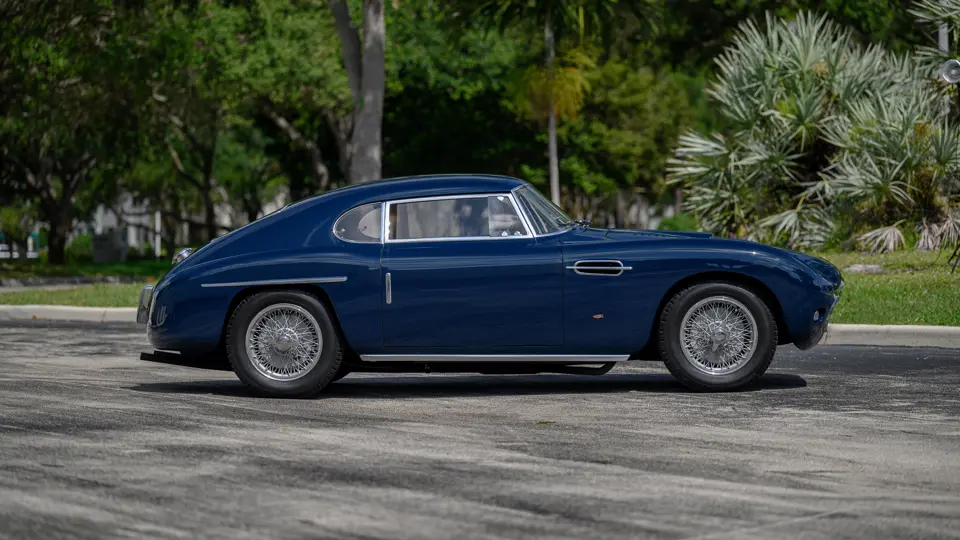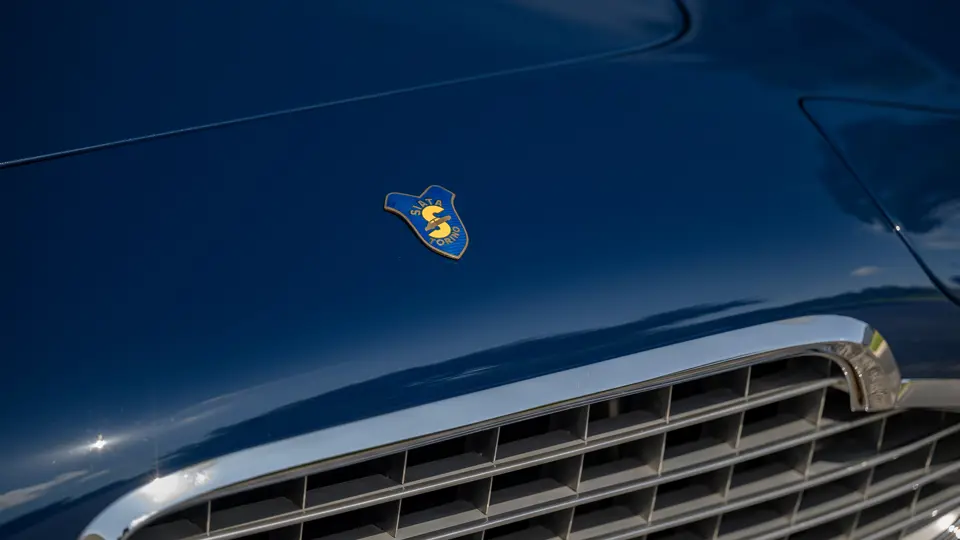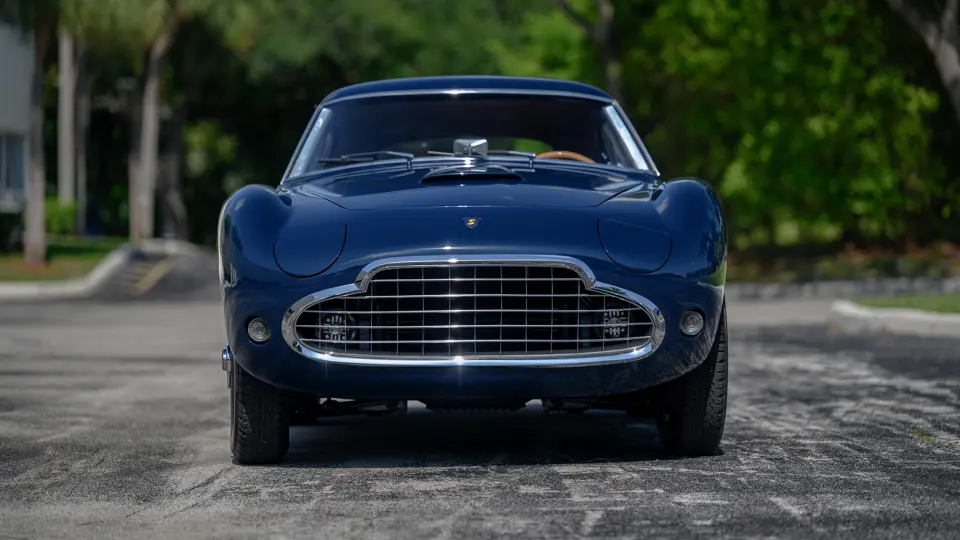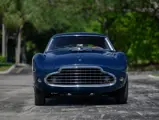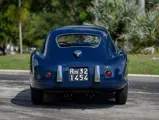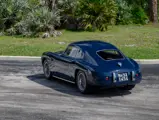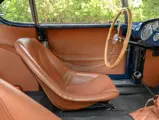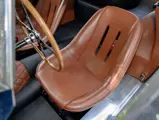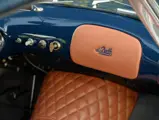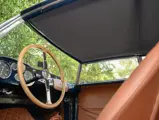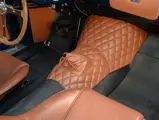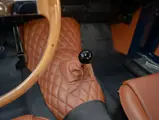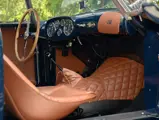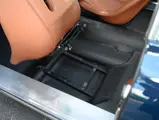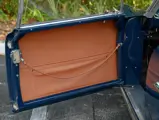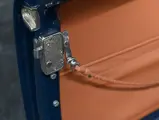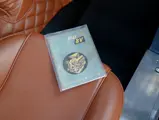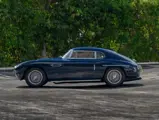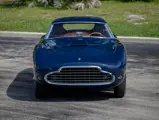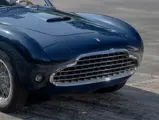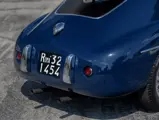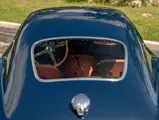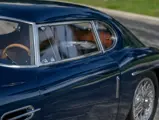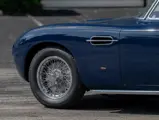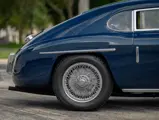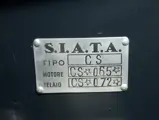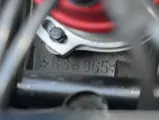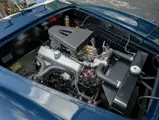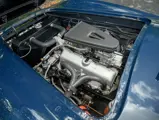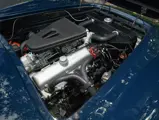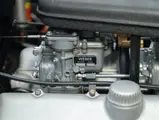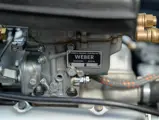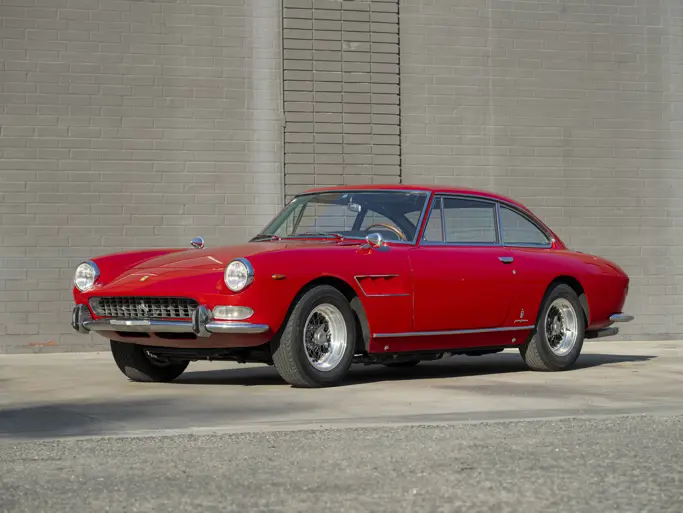
1953 Siata 208 CS by Balbo
{{lr.item.text}}
$1,600,000 - $1,800,000 USD | Not Sold
Offered from A Private Collection
{{bidding.lot.reserveStatusFormatted}}
- One of just six extant examples bearing coachwork by Balbo
- Correct Fiat 8V Tipo 104 engine; numbers-matching to the car’s Siata data plate
- Formerly owned by Charles Betz, Peter Kaus’ Rosso Bianco Collection, and Tim Walker
- Comprehensively restored to high-quality concours standards during the 2010s
- Class awardee at the 2017 Pebble Beach Concours d’Elegance
- Extremely authentic example eligible for exclusive tours including the Mille Miglia
Societá Italiana Auto Trasformazioni Accessori (SIATA) created a marvelous assortment of machinery in its 45-year history under the guidance of the Ambrosini family. Founded by Giorgio Ambrosini in 1926, Siata specialized in performance modifications for Fiats, creating the overhead-valve conversions, multi-speed gearboxes, superchargers, and multi-carb intakes that competitive Italians wanted for their diminutive cars. The Italian auto giant conspicuously ignored—with few exceptions—the high-performance market as the Agnellis concentrated their empire around sensible, reliable, and mass-produced cars of small proportions.
Siata received substantial financial assistance from Fiat following the Second World War, and by 1949 they were producing small automobiles which wore custom, house-labeled coachwork. Firmly grafted to Fiat and its engineering, Siata took a giant leap forward with the arrival of Rudolf Hruska in 1950. Hruska had worked in Porsche’s design office before the war and later collaborated with Carlo Abarth on Piero Dusio’s Cisitalia Grand Prix project. Fiat itself plotted its re-entry to the top ranks of Italian performance automobiles in 1950 with the introduction of their two-liter V-8 (dubbed "Otto Vu"), whose development was entrusted to Siata and executed in total secrecy by Hruska’s team.
The unusual oversquare, 70-degree V-8 engine featured all-aluminum castings with wedge-shaped combustion chambers. Induction was through a pair of dual-throat, downdraft Weber carburetors. With its high-revving short-stroke design and 8.5:1 compression ratio, prodigious power was channeled through a four-speed manual gearbox. Hruska planted the engine into a tubular chassis, and this became the basis of Fiat’s 8V.
Debuting at the 1952 Geneva Salon, the 8V caused an absolute sensation perhaps best equated to a meltdown of Italy’s motoring press. For many, the Siata-developed, Fiat-badged supercar defied belief. In particular, the advanced chassis featured a fully independent suspension with coil springs and telescopic shock absorbers at all four corners and was a marvelously sophisticated platform for its time, with supple and predictable handling that amazed drivers accustomed to the rigidly sprung, “flex-framed,” live-axle sports cars of the time.
Approximately 200 Tipo 104 engines were made to supply the 114 8V examples which Fiat ultimately produced. Eighty-five or so surplus engines were thusly returned to Siata, which seized the opportunity to supply them with additional house-made upgrades and implant them into the very chassis from which the earth-shattering Otto Vu had been developed.
THE 208 CS BALBO BERLINETTA CS072
The resulting Siata 208 CS was available as an attractive barchetta-like Spider or streamlined berlinetta, which Siata commissioned from a small pool of local coachbuilders including Bertone, Vignale, and Stabilimenti Farina. It is said that Siata openly encouraged the carryover of major styling details which these same companies were providing to Ferrari during the same period.
Perhaps the shapeliest design ever rendered upon the 208 CS, however, was executed by Balbo of Turin. Just nine berlinettas were made, of which only six examples are known to remain extant.
First road-registered in August 1953, CS072 is believed to have been originally purchased by a Milanese businessman. By March 1959, this Siata had reached an owner in the central French town of Clermont-Ferrand, though shortly thereafter it was imported to the United States. In 1964, CS072 was purchased from a Triumph dealer in Denver, Colorado by Gordon Gumble of Tucson, Arizona and subsequently registered as a “1959 Siata” bearing the plate “JGJ940.” He clearly enjoyed his brief tenure with the car, as evinced by historic images included within Tony Adriaensens’ Otto Vu book which show Gumble standing alongside CS072—grinning ear-to-ear.
In July 1968, CS072 was purchased in a well-used, but entirely roadworthy state from Gumble by marque enthusiast and collector Charles Betz of Buena Park, California. Though Betz always intended to restore CS072, in 1984 he sold it to the noted collector of midcentury Italian sportscars, Peter Kaus of Frankfurt, Germany—who soon thereafter rolled the car into the inventory of his world-famous Bianco Rosso Collection in Aschaffenburg.
In 2004, CS072 was, along with most of Kaus’ museum, acquired by the preeminent Dutch collector Evert Louwman and partially restored, before passing to Tim Walker of Pasadena, California.
Following several years of research and preparation, Walker began disassembling the car for a complete restoration, and during this multi-year endeavor he discovered several remnants of its original Dark Blue paint and tan leather upholstery. These were fastidiously reproduced and still adorn the car today. Ever the discerning custodian, Walker decided to leave much of CS072’s handmade Balbo charm intact, and to this end this important Siata still presents a visage rich with character and authentic, unrestored touches such as its original weld joints, imperfect enamel badges, and artisan-hewn sheet metal. Nonetheless, detailing remains particularly fine throughout, with an attractive set of polished Borrani knock-off wire wheels shod in Pirelli Cinturato HS tires lending the handsome Balbo berlinetta coachwork a complementary, period-correct flourish that accurately presents how this Siata would have been delivered new.
All of Walker’s efforts were validated when CS072 was invited to the 2017 Pebble Beach Concours d’Elegance and earned a third-in-class award among a very competitive group of entries. The car’s modern-day pedigree is further cemented by showings in 2019 at The Quail, A Motorsports Gathering, and a Best-in-Class award from the 2022 The Amelia Concours d’Elegance.
With its cutting-edge chassis, tremendous power-to-weight ratio, and exceptionally handsome berlinetta coachwork, a Siata 208CS by Balbo is among the rarest and most treasured handmade specimens of mid-century Italian eceterini. CS072 is a truly remarkable example of the model eligible for many of the most exclusive tours, including the Mille Miglia—and which will no doubt serve as an invitation to the world’s premiere concours d’elegance events.
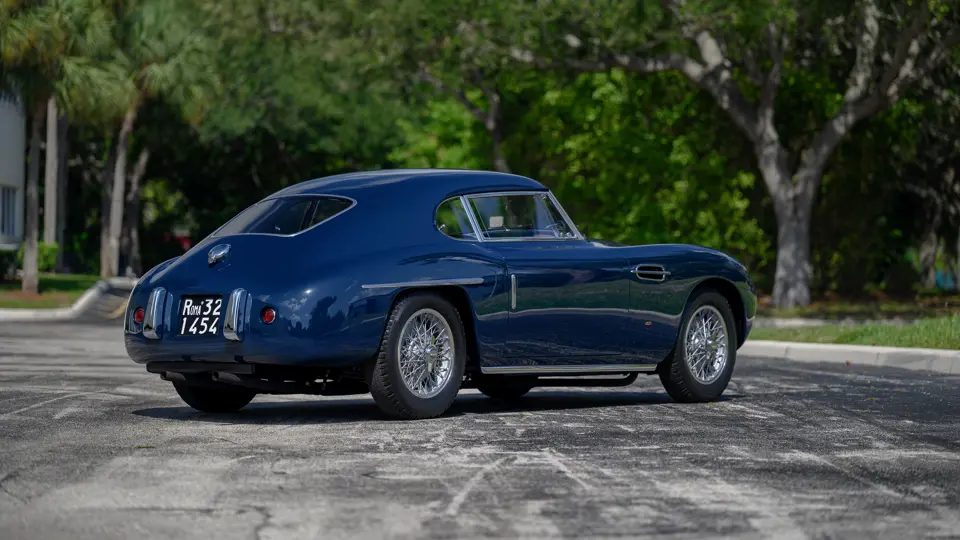

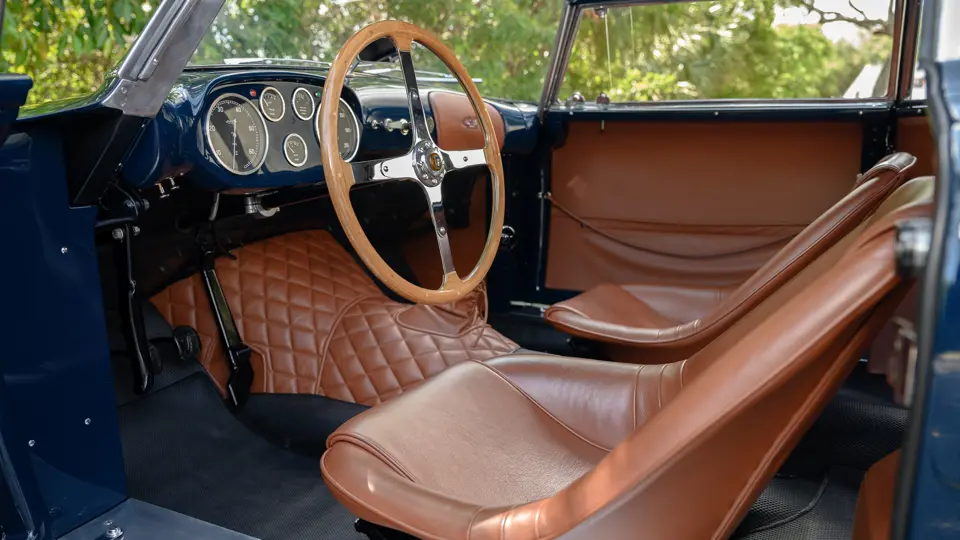


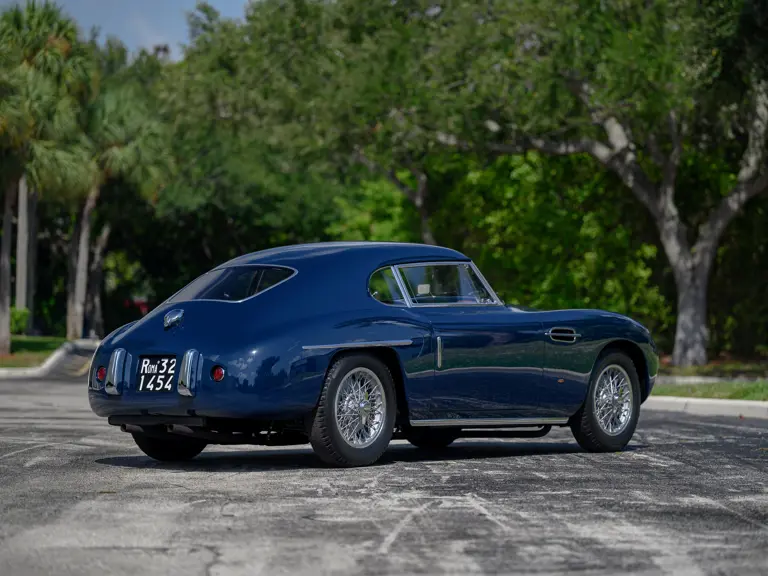
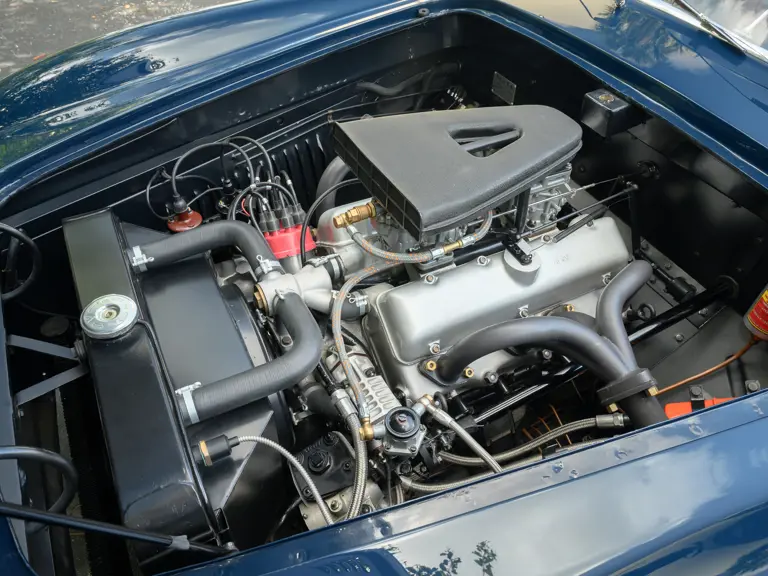
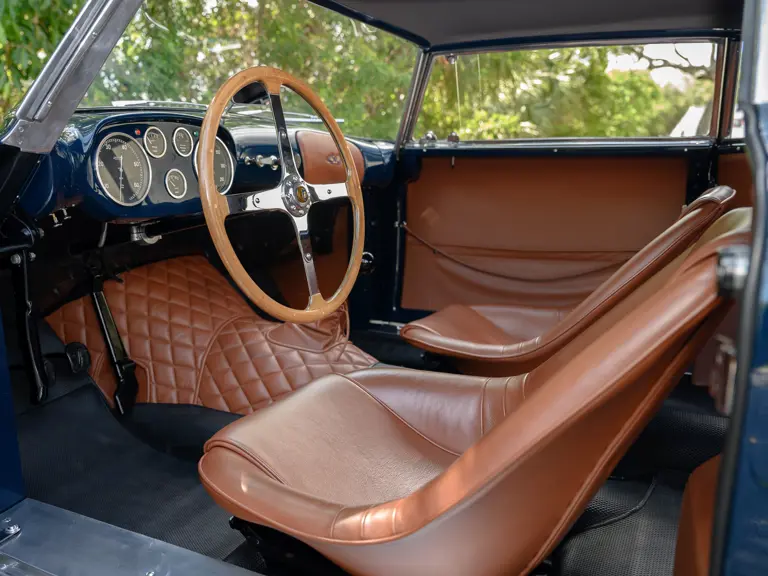

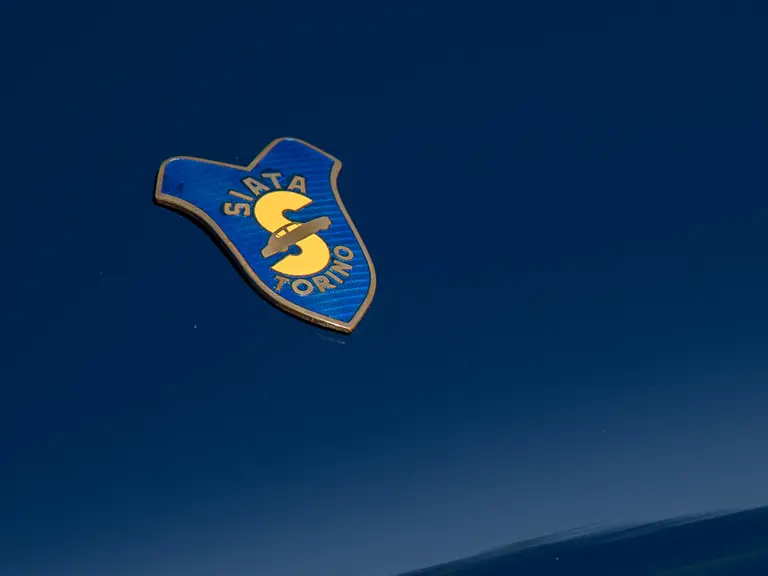


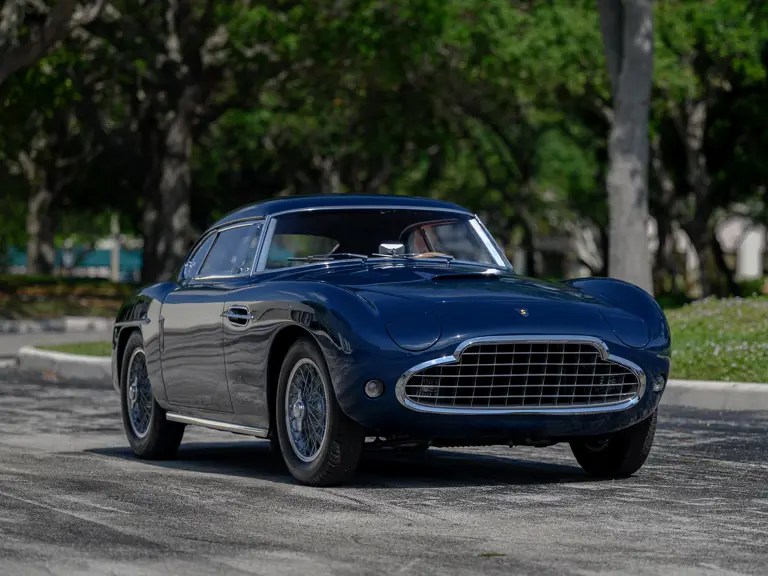
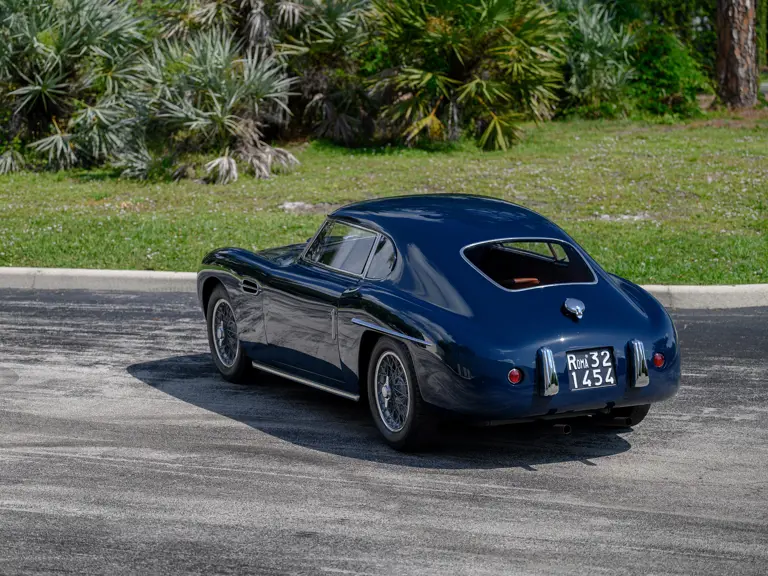
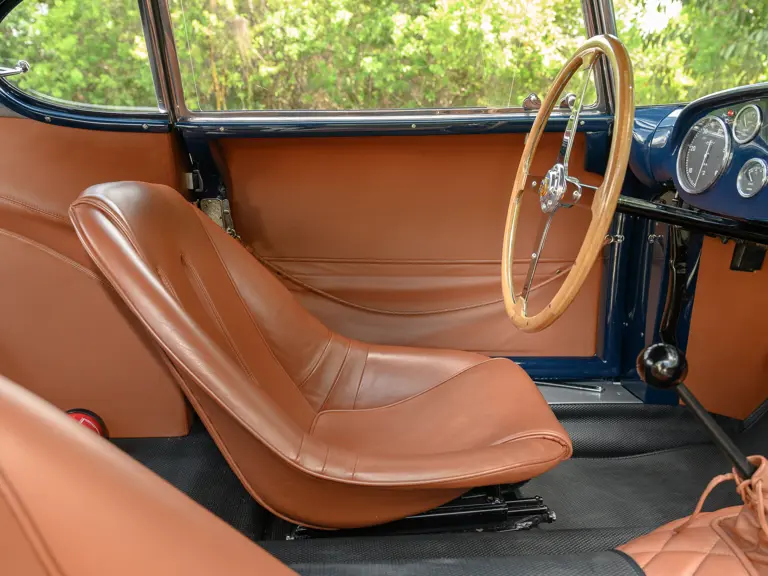
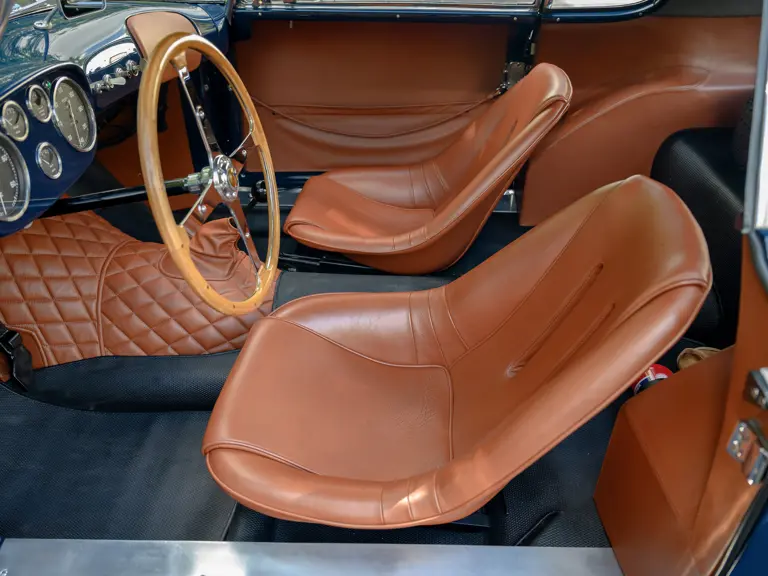
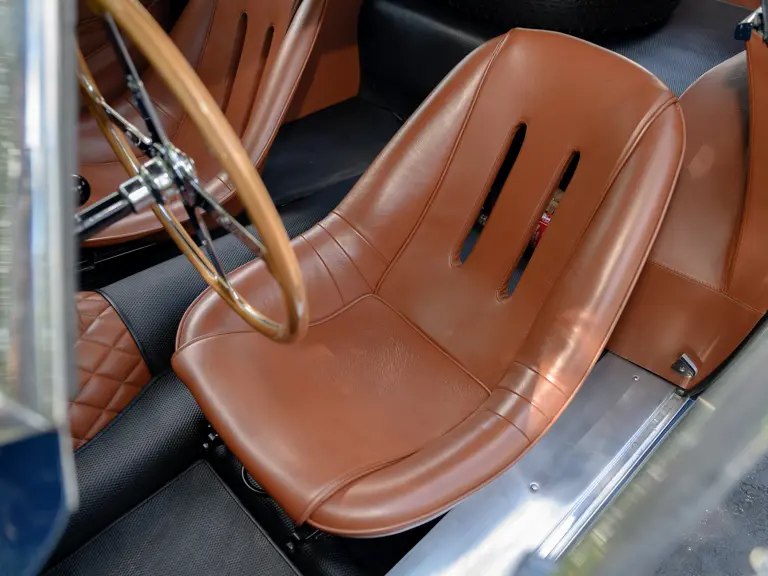
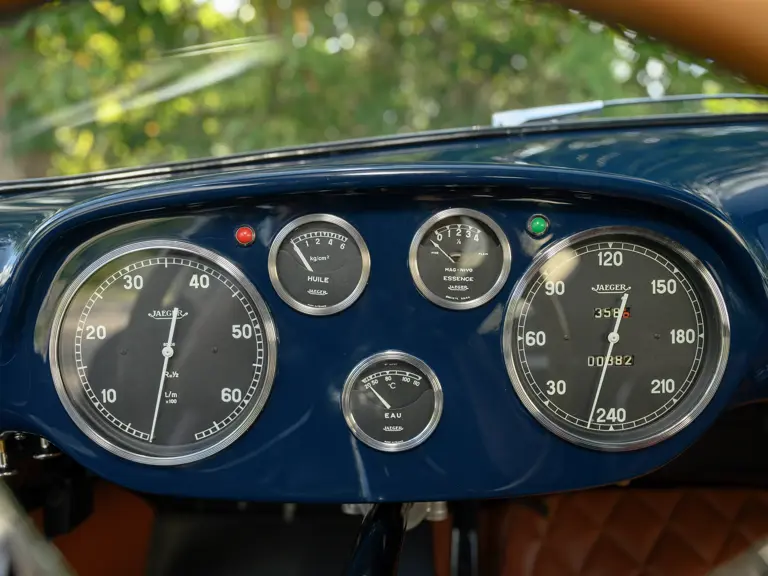
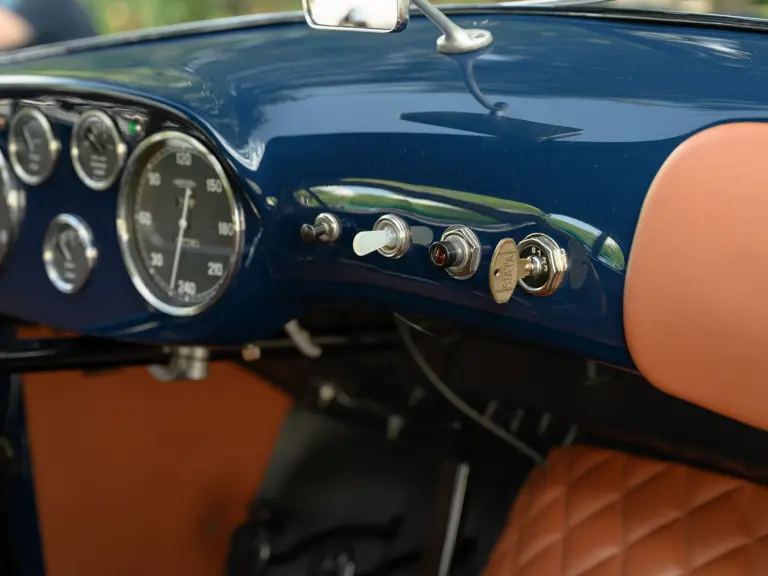
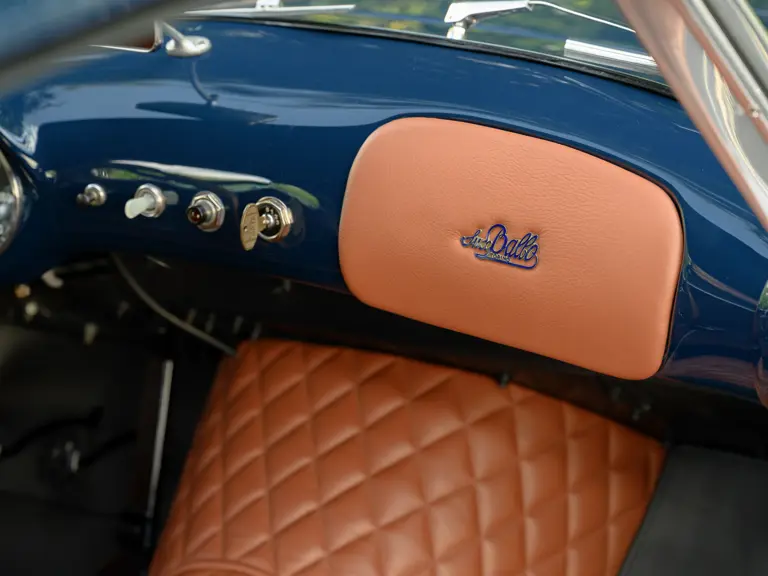
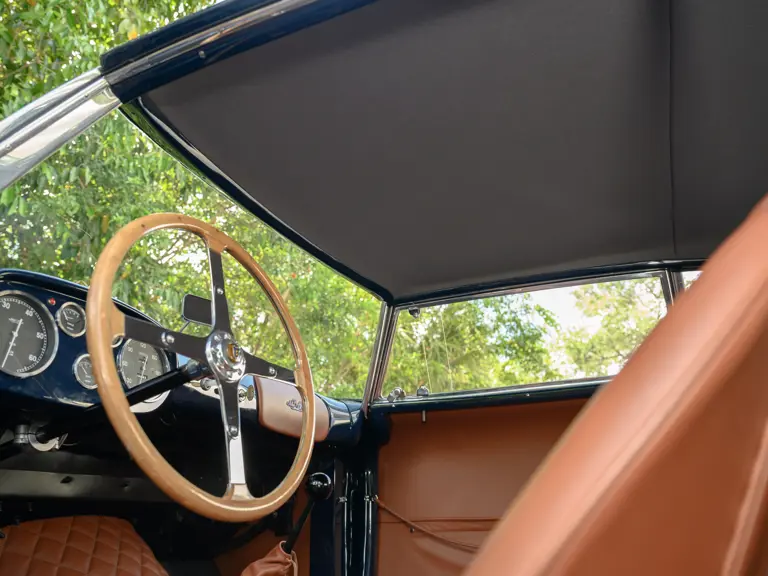
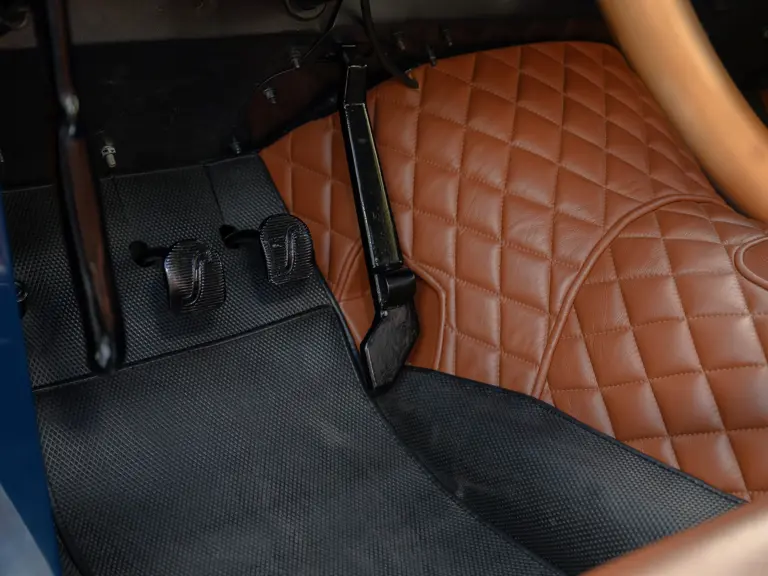
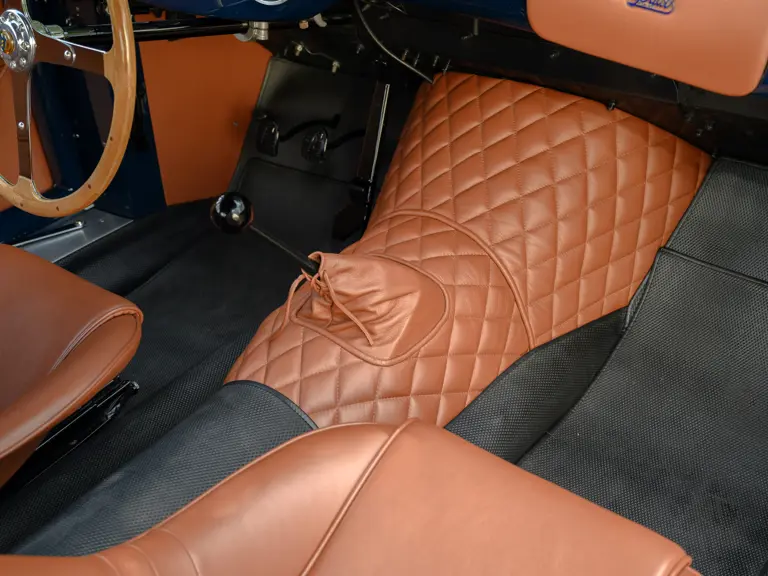
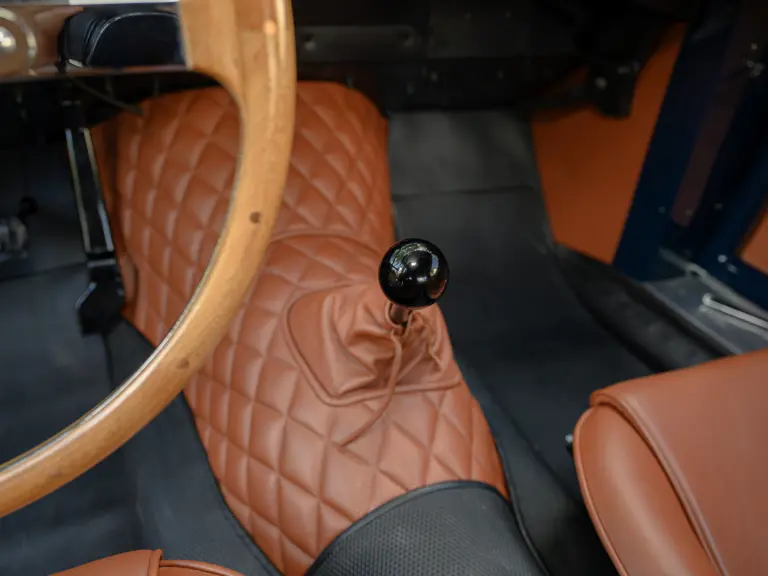

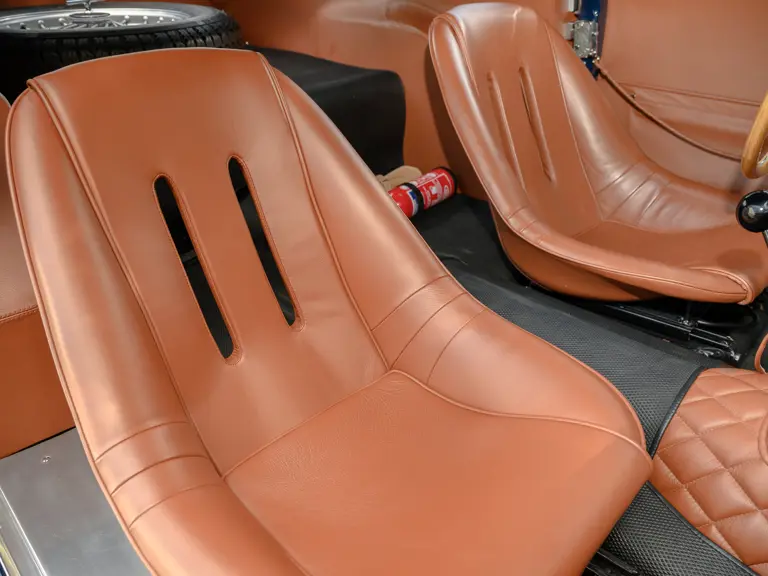
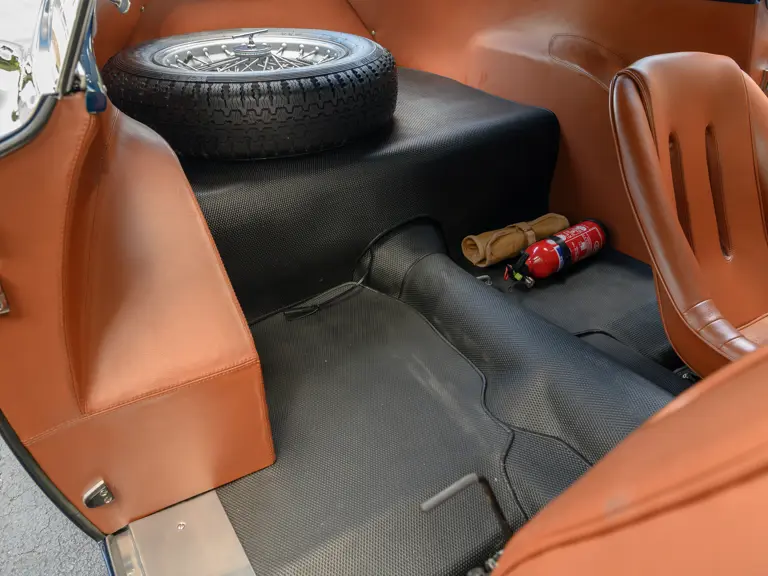
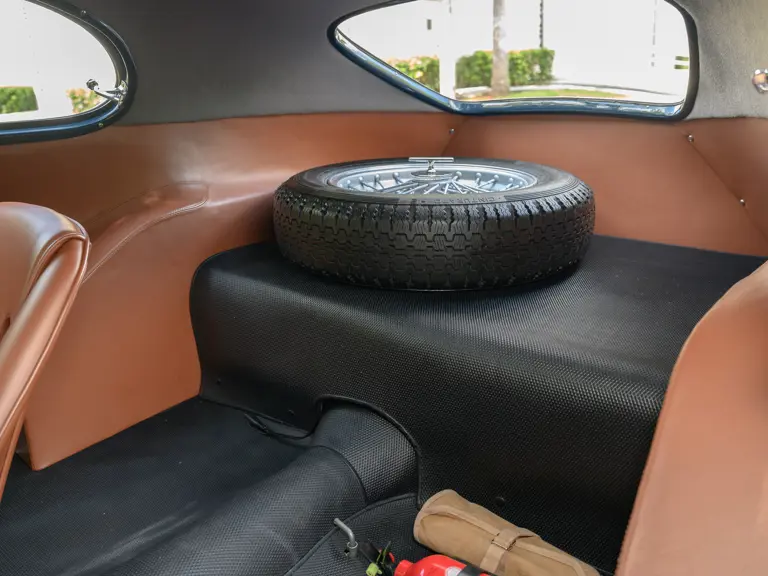
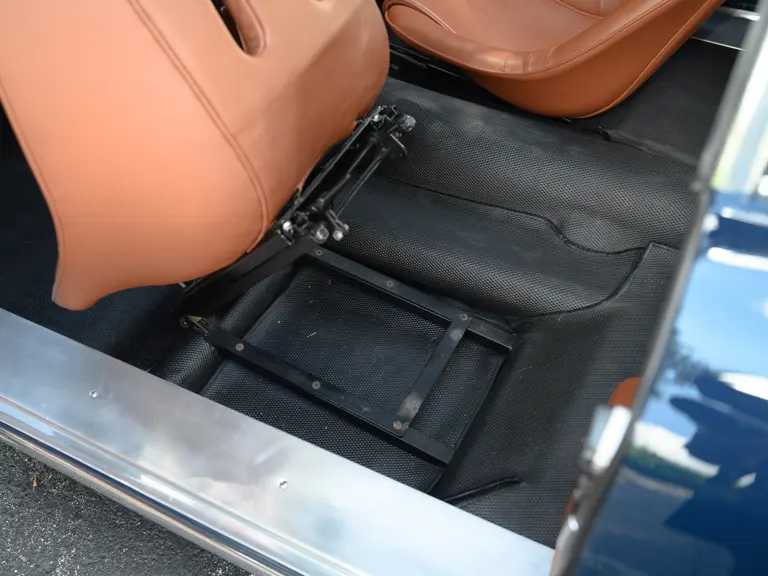
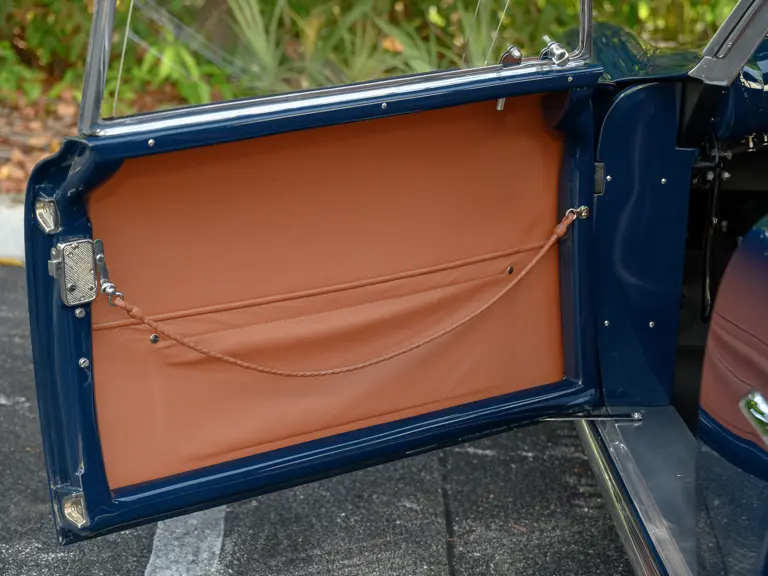
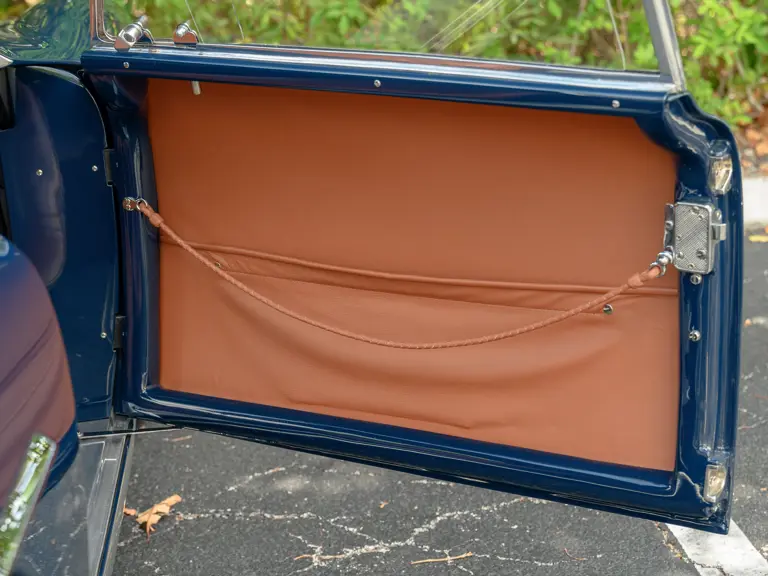
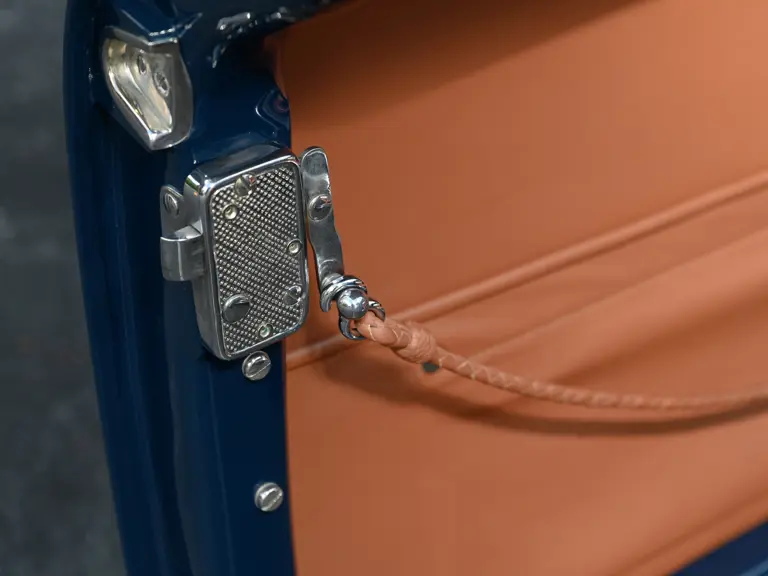
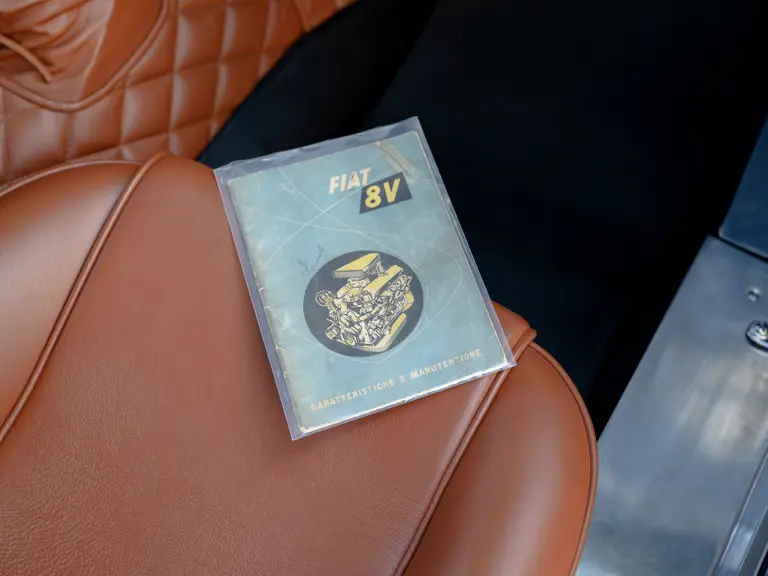
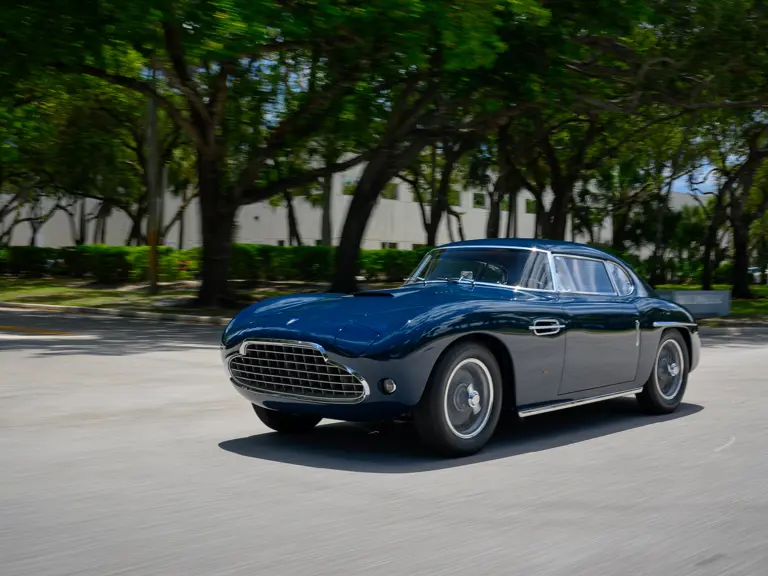
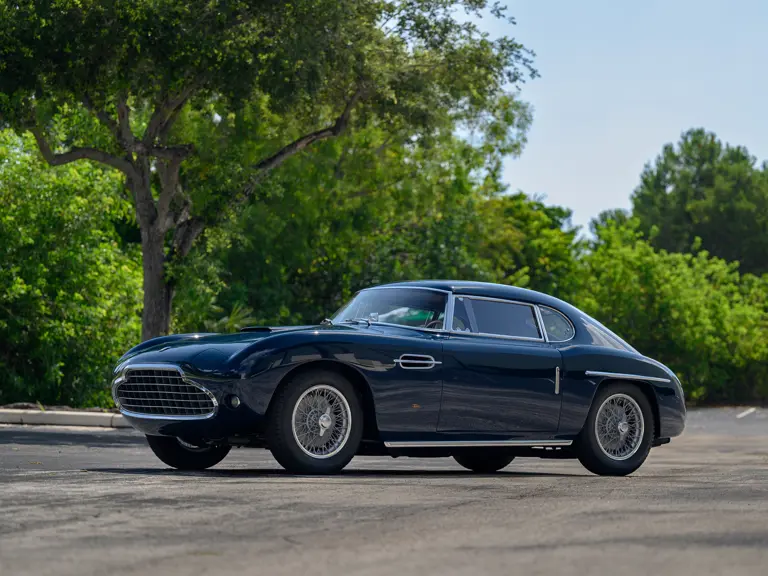
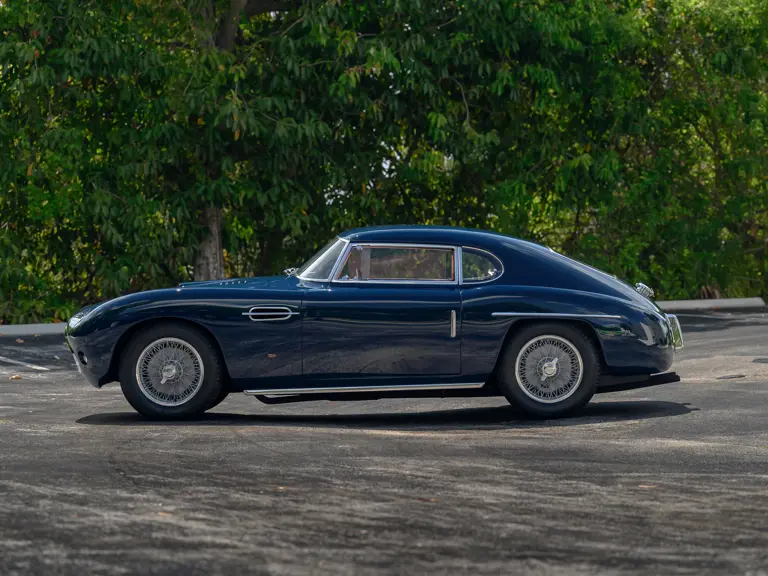
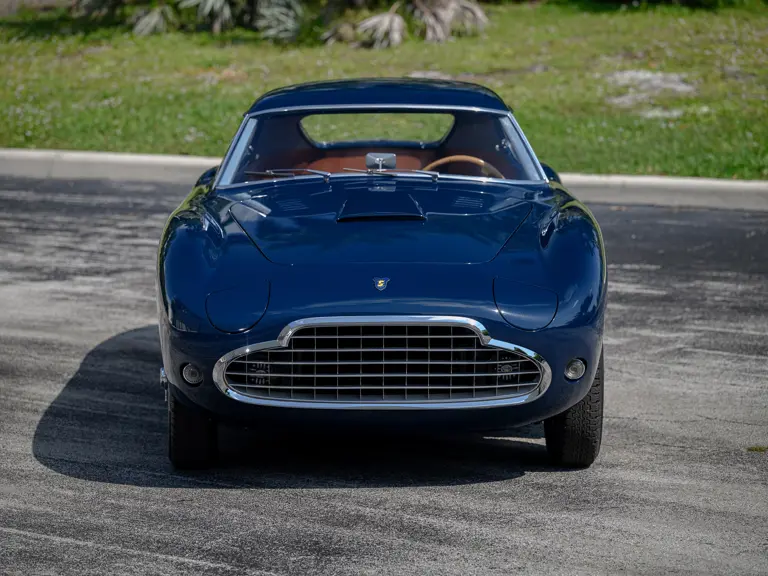
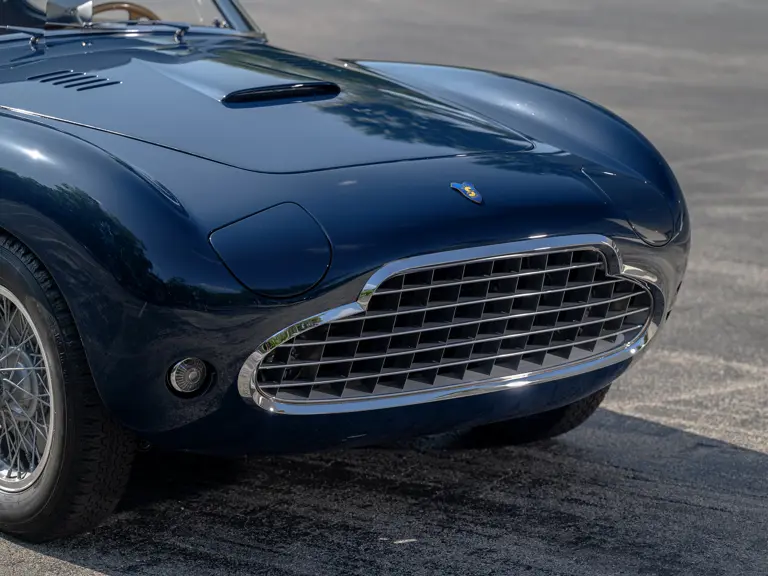

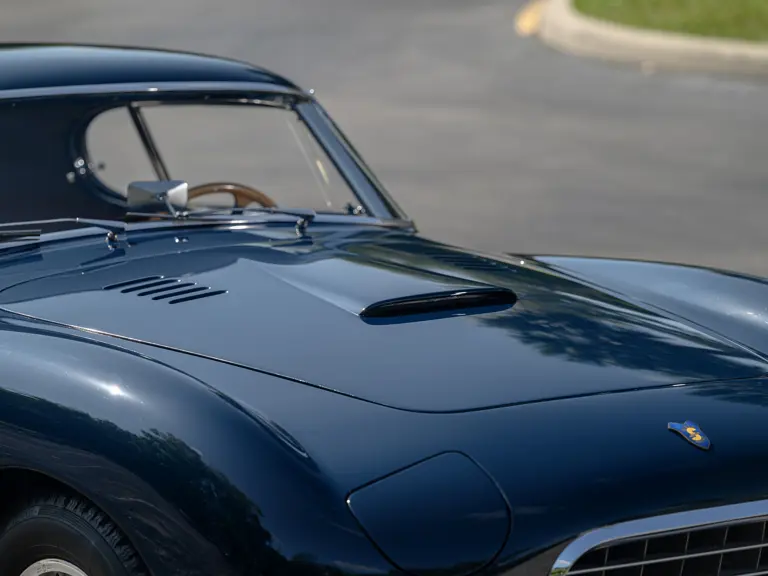
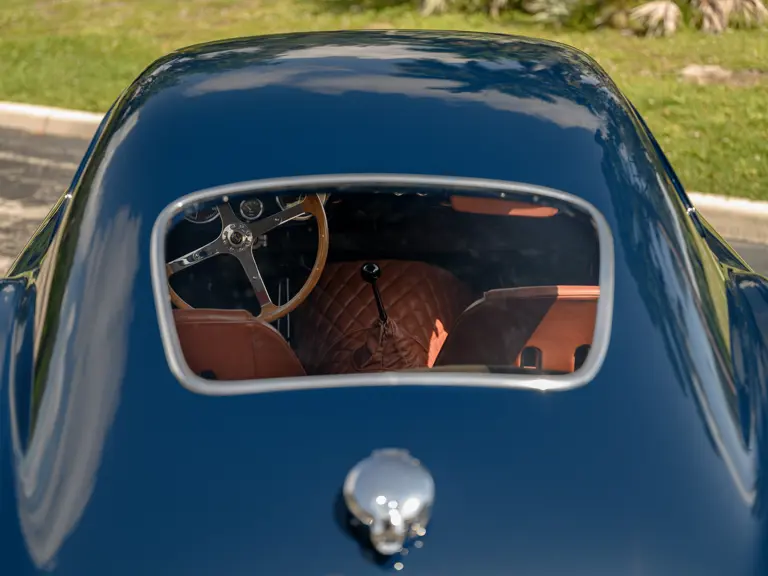
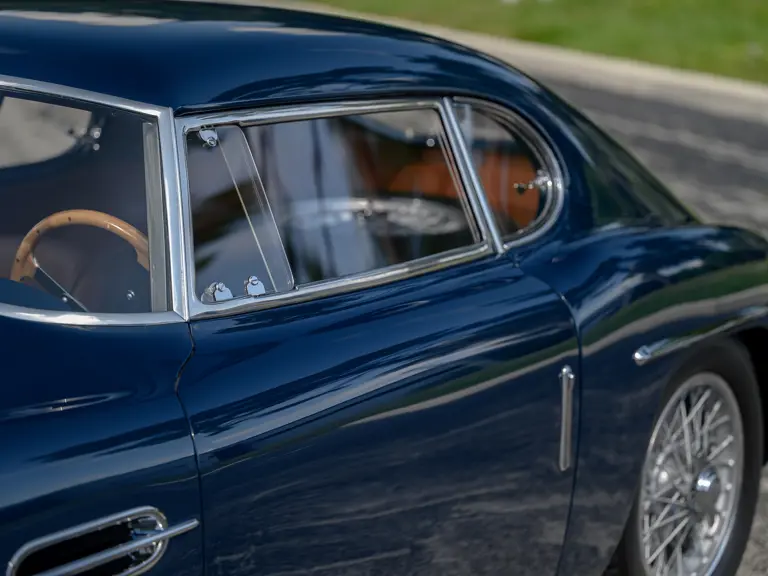
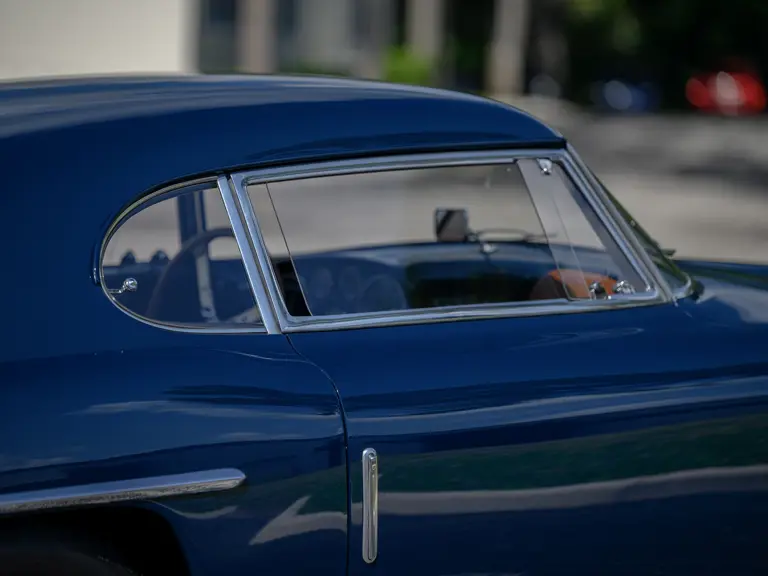
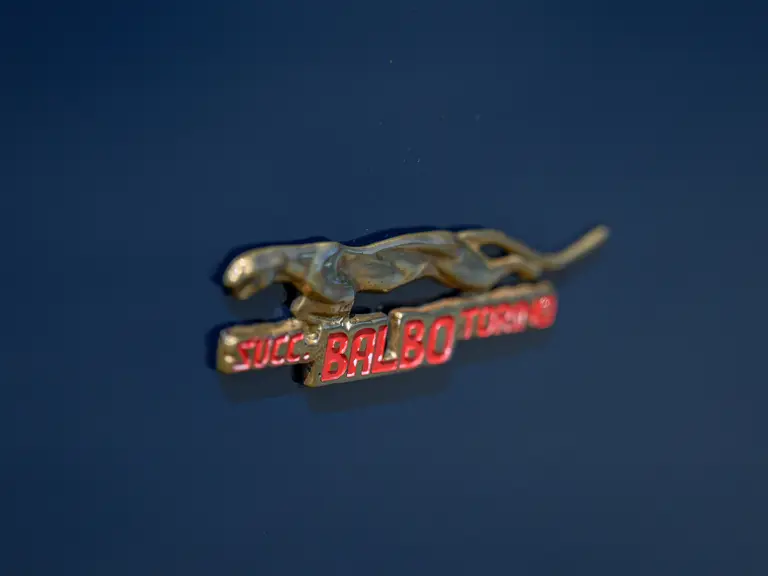
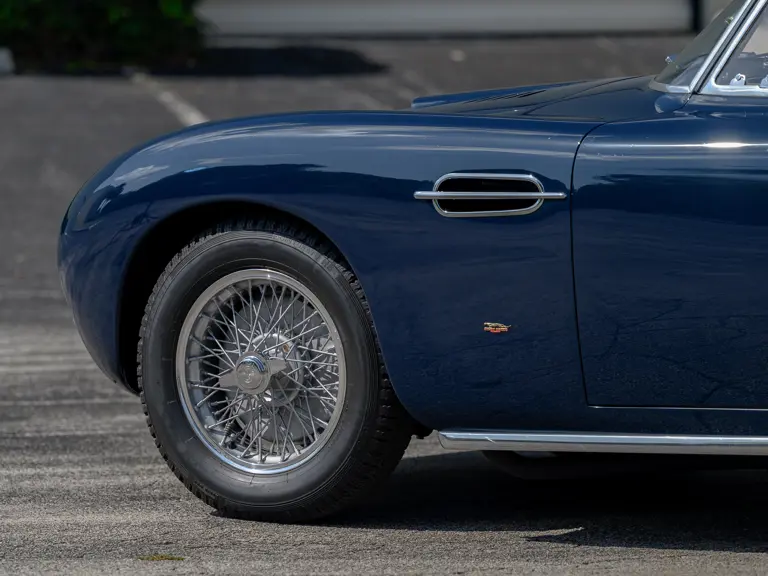
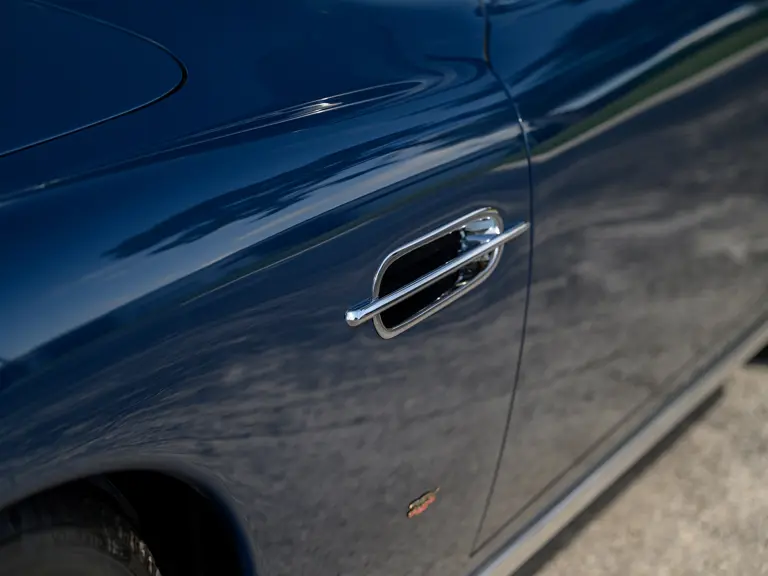
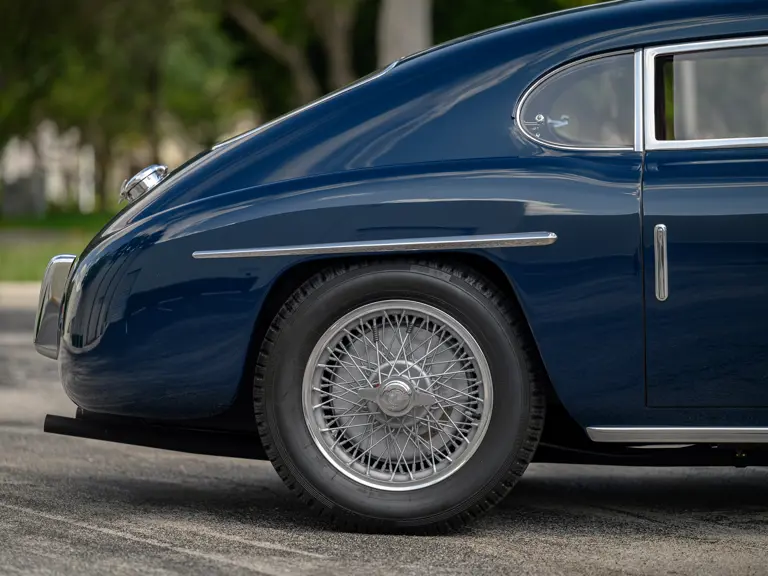
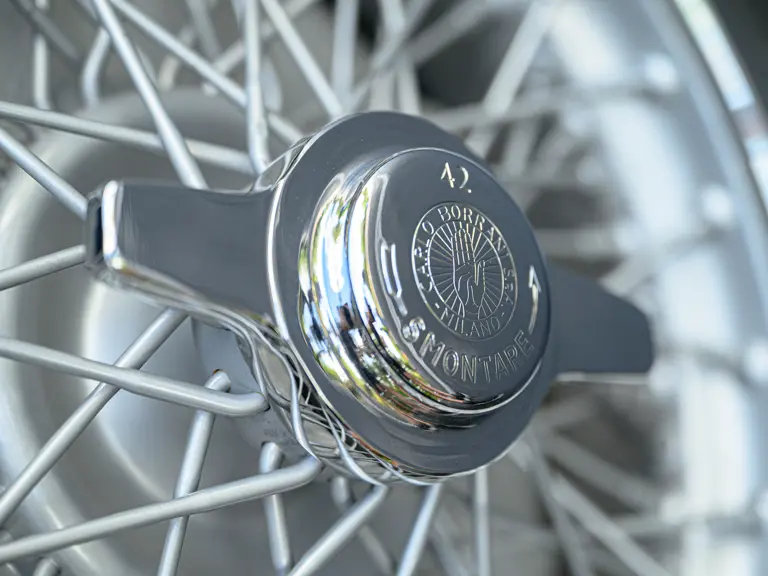
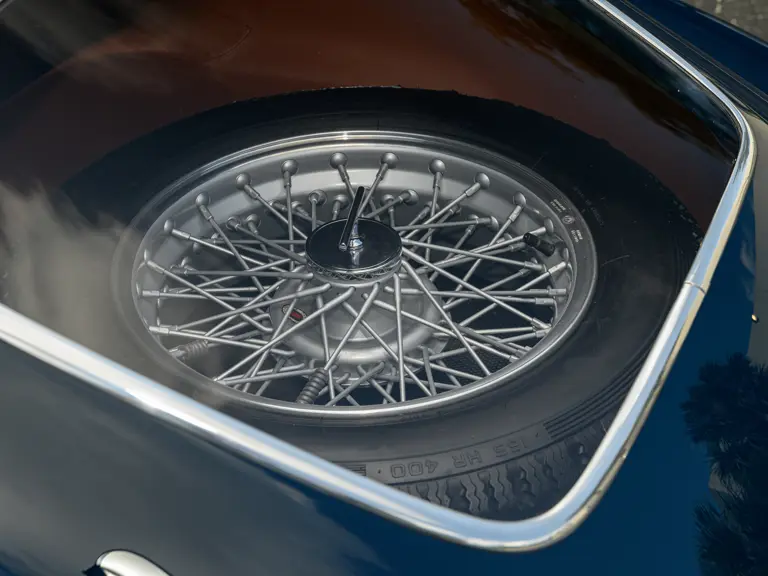
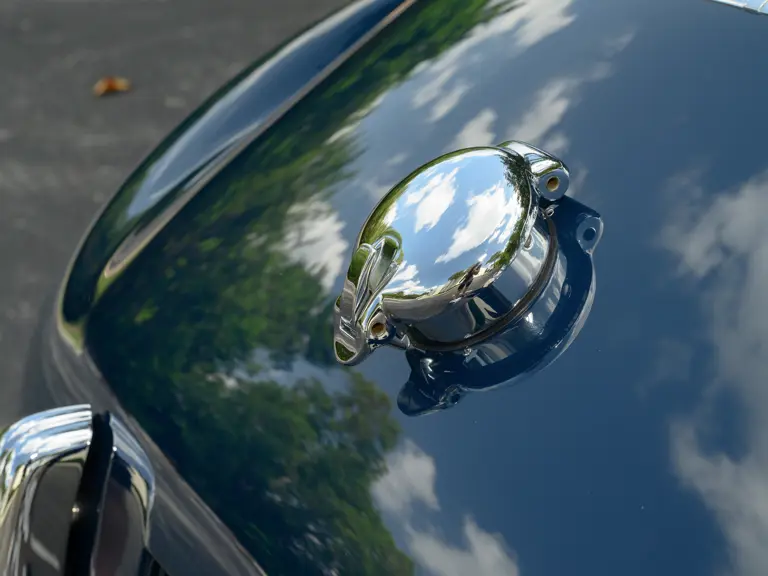
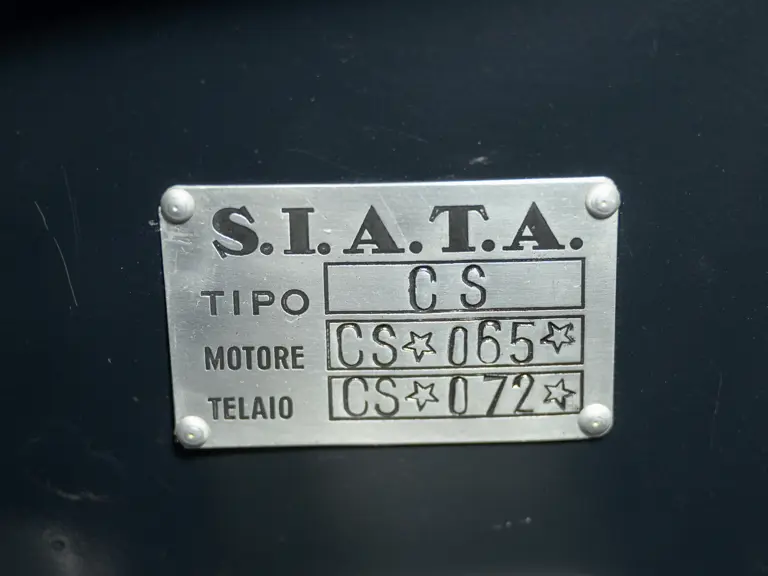
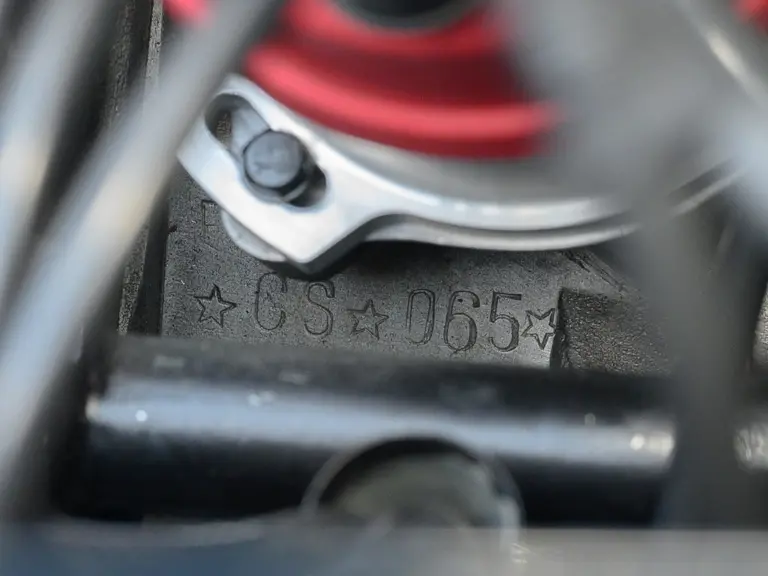
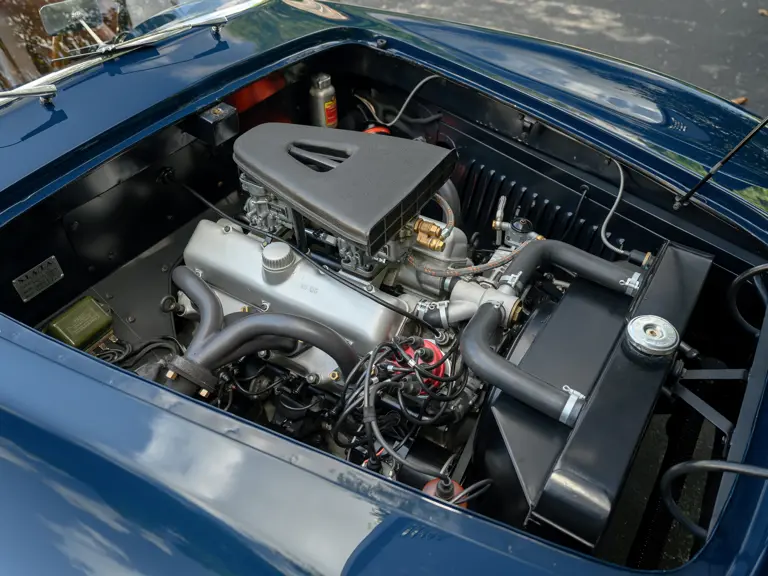
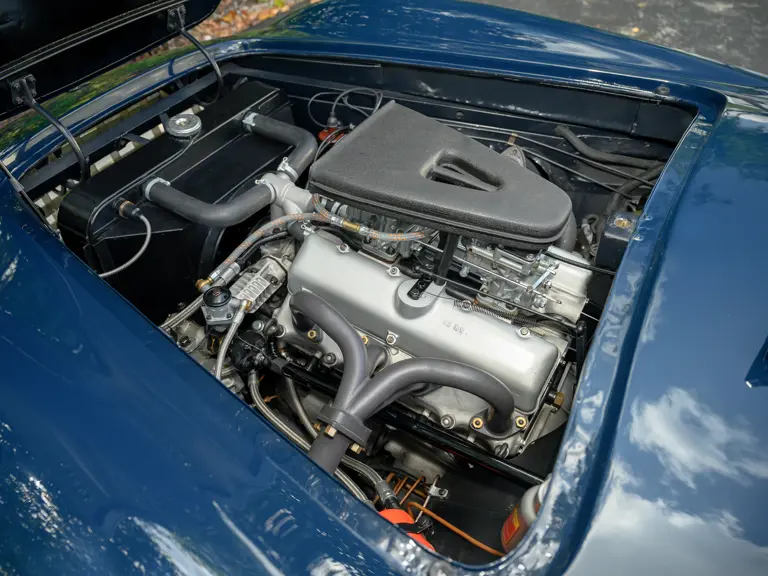
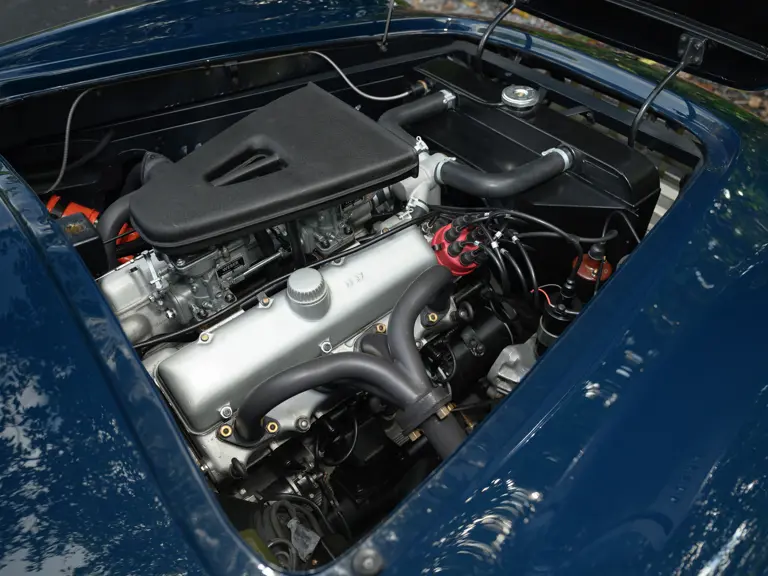
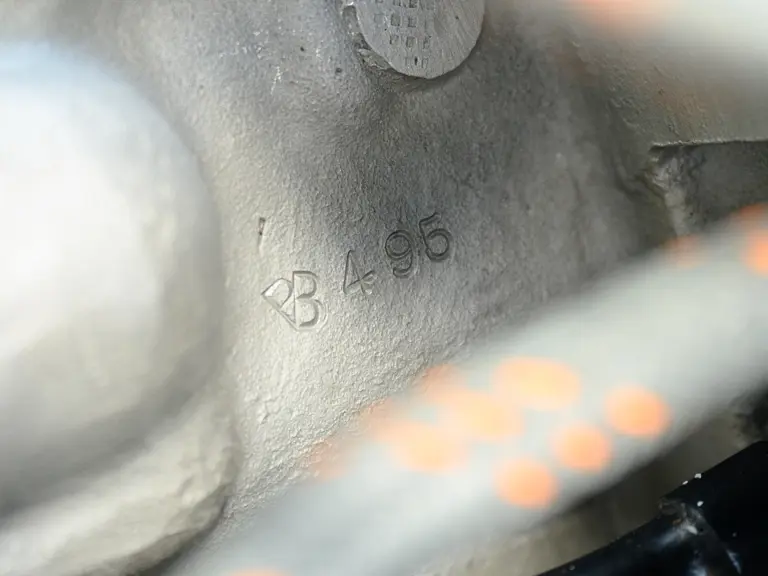
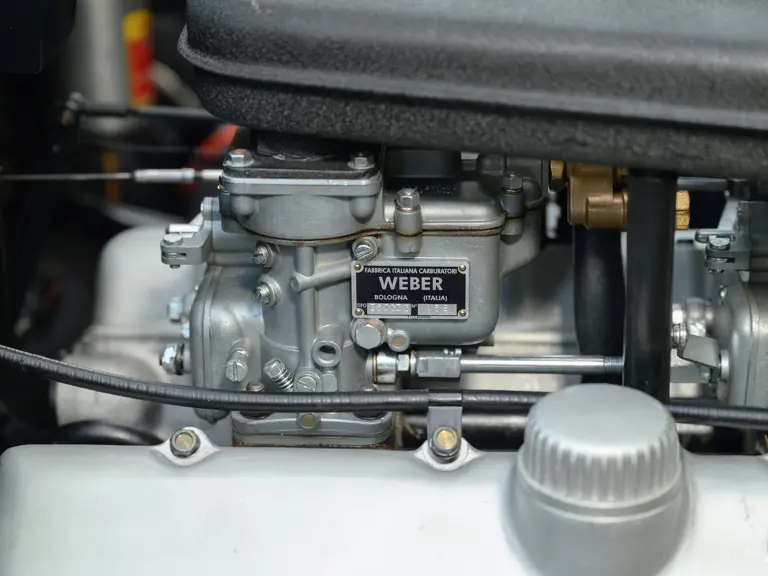
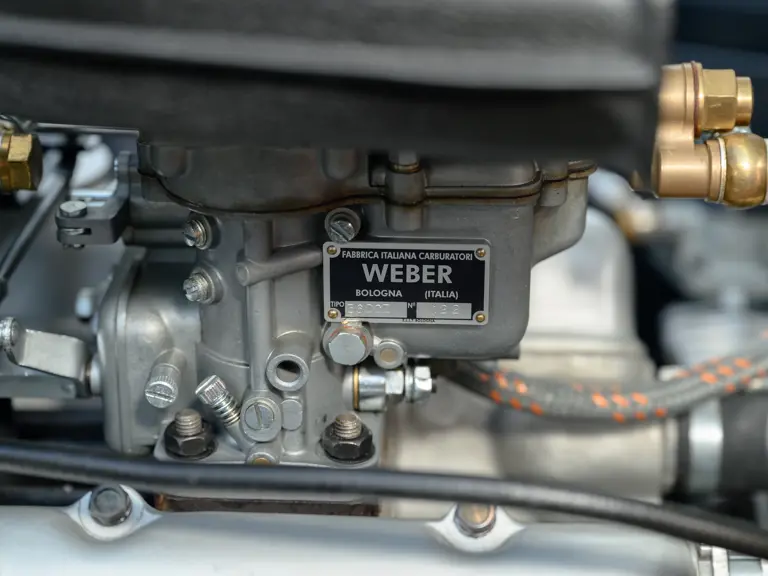
 | Monterey, California
| Monterey, California
